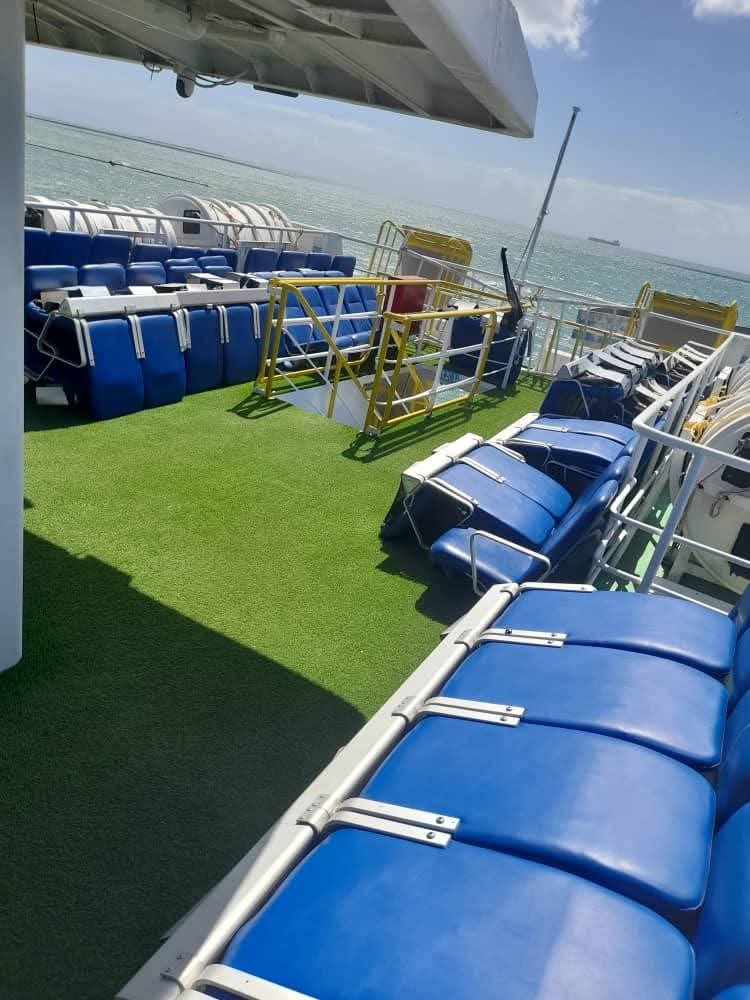Shoppers can expect to see significant increases in the cost of goods on the local shelves as global shipping prices continue to rise. Global delays are already affecting local supplies.
One local merchant who declined to be identified, told Discover Montserrat that residents will see increases in the price of goods once new shipments arrive. This, he said, is due to several factors including the cost of shipping out of Asia to Europe and North America.
According to analysts, prices of shipping containers are on course to keep rising for the rest of the year amid strong global trade demand.
As of last week, the Drewry World Container Index, which provides weekly assessments of container freight rates, surged for the 19th consecutive week to US$9,817.72 per 40-foot container – a 351 per cent increase versus the same week in 2020.
Since local customs duties are charged based on the purchase price plus shipping costs, shoppers will feel these increases at the cash register.
Shipping costs have been growing strongly since the autumn of 2020, but the first months of this year have seen a new surge in prices across different freight rates (dry bulk, containers) along major trade routes. Prices for several trade lanes have tripled compared to last year, and charter prices for container vessels have seen similar rises.
Factors contributing to the increases are: continued global imbalances which is pushing prices up, few alternatives to ocean freight, an unbalanced recovery throughout 2021 with some countries exporting more goods than before the pandemic and US exports lagging, and port congestion and closures creating delays.
Competition for ocean freight capacity has intensified as economies open up further and inventories are rebuilt across the links of supply chains.
Shippers of lower value products such as household items, toys, promotional articles or t-shirts have seen freight costs increase from around 5% of their sourcing costs to more than 20%. The difficulty of absorbing increases on this scale in margins means that consumers may start to feel the impacts through price increases, or changes in product availability.
With the competition for ocean freight capacity set to remain, the unbalanced recovery will continue to exacerbate some of the problems for world trade, including displaced empty containers. It all adds up to more pressure on freight rates in the near term.
A flood of new container capacity will ease price pressures, but not before 2023, say experts. In the near term, freight rates may yet reach new highs thanks to the combination of further increases in demand and the constraints of a congested system. And even when capacity constraints are eased, freight rates may remain at higher levels than before the pandemic.
The shipping crisis is getting worse. Here’s what that means for holiday shopping – CNN
Discover more from Discover Montserrat
Subscribe to get the latest posts sent to your email.








